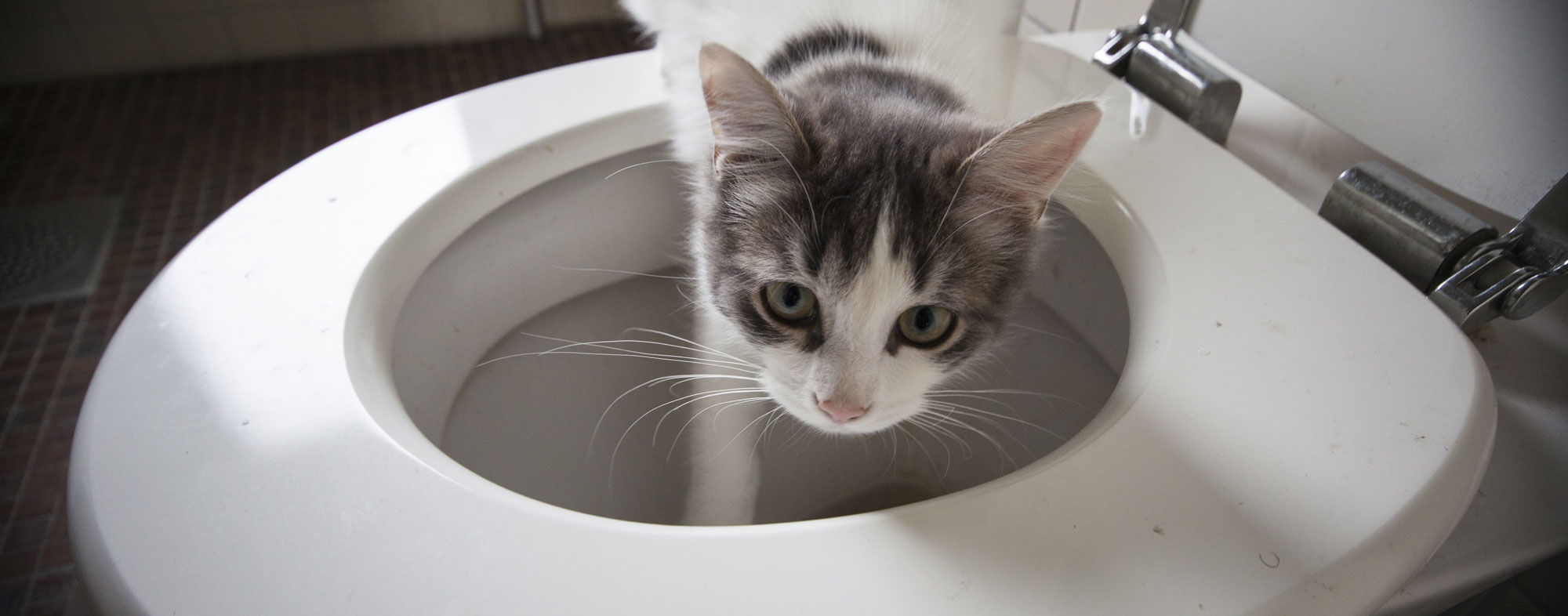We have uncovered this post on How to Dispose of Cat Poop and Litter Without Plastic Bags directly below on the web and felt it made perfect sense to share it with you in this article.

Intro
As feline owners, it's vital to bear in mind how we get rid of our feline good friends' waste. While it may seem convenient to purge pet cat poop down the commode, this technique can have harmful consequences for both the environment and human health.
Environmental Impact
Flushing cat poop introduces hazardous pathogens and parasites right into the water supply, posing a significant risk to marine communities. These impurities can adversely affect aquatic life and compromise water top quality.
Wellness Risks
Along with ecological worries, flushing pet cat waste can likewise position wellness dangers to people. Cat feces might contain Toxoplasma gondii, a parasite that can create toxoplasmosis-- a possibly extreme ailment, specifically for expecting females and individuals with weakened body immune systems.
Alternatives to Flushing
Thankfully, there are more secure and much more liable ways to dispose of feline poop. Consider the adhering to alternatives:
1. Scoop and Dispose in Trash
The most usual approach of getting rid of pet cat poop is to scoop it into a naturally degradable bag and toss it in the garbage. Make certain to make use of a dedicated trash inside story and deal with the waste quickly.
2. Use Biodegradable Litter
Select eco-friendly pet cat clutter made from products such as corn or wheat. These clutters are eco-friendly and can be securely disposed of in the trash.
3. Hide in the Yard
If you have a lawn, think about burying feline waste in a marked location away from vegetable gardens and water resources. Make certain to dig deep adequate to avoid contamination of groundwater.
4. Mount a Pet Waste Disposal System
Invest in a pet dog garbage disposal system especially created for feline waste. These systems use enzymes to break down the waste, reducing smell and environmental impact.
Conclusion
Liable family pet possession expands beyond offering food and sanctuary-- it also involves appropriate waste monitoring. By refraining from flushing cat poop down the toilet and going with alternate disposal methods, we can lessen our ecological footprint and safeguard human wellness.
Why Can’t I Flush Cat Poop?
It Spreads a Parasite
Cats are frequently infected with a parasite called toxoplasma gondii. The parasite causes an infection called toxoplasmosis. It is usually harmless to cats. The parasite only uses cat poop as a host for its eggs. Otherwise, the cat’s immune system usually keeps the infection at low enough levels to maintain its own health. But it does not stop the develop of eggs. These eggs are tiny and surprisingly tough. They may survive for a year before they begin to grow. But that’s the problem.
Our wastewater system is not designed to deal with toxoplasmosis eggs. Instead, most eggs will flush from your toilet into sewers and wastewater management plants. After the sewage is treated for many other harmful things in it, it is typically released into local rivers, lakes, or oceans. Here, the toxoplasmosis eggs can find new hosts, including starfish, crabs, otters, and many other wildlife. For many, this is a significant risk to their health. Toxoplasmosis can also end up infecting water sources that are important for agriculture, which means our deer, pigs, and sheep can get infected too.
Is There Risk to Humans?
There can be a risk to human life from flushing cat poop down the toilet. If you do so, the parasites from your cat’s poop can end up in shellfish, game animals, or livestock. If this meat is then served raw or undercooked, the people who eat it can get sick.
In fact, according to the CDC, 40 million people in the United States are infected with toxoplasma gondii. They get it from exposure to infected seafood, or from some kind of cat poop contamination, like drinking from a stream that is contaminated or touching anything that has come into contact with cat poop. That includes just cleaning a cat litter box.
Most people who get infected with these parasites will not develop any symptoms. However, for pregnant women or for those with compromised immune systems, the parasite can cause severe health problems.
How to Handle Cat Poop
The best way to handle cat poop is actually to clean the box more often. The eggs that the parasite sheds will not become active until one to five days after the cat poops. That means that if you clean daily, you’re much less likely to come into direct contact with infectious eggs.
That said, always dispose of cat poop in the garbage and not down the toilet. Wash your hands before and after you clean the litter box, and bring the bag of poop right outside to your garbage bins.
https://trenchlesssolutionsusa.com/why-cant-i-flush-cat-poop/

Hopefully you enjoyed our topic about Can You Flush Cat Poop Down The Toilet?. Thanks a lot for taking time to read through our post. Are you aware of another individual who is interested by the topic? Be sure promote it. I cherish reading our article about Don’t flush cat feces down the toilet.
Click Here
Comments on “Potential Risks of Flushing Cat Poop Down Your Toilet - Tips for Safer Handling”